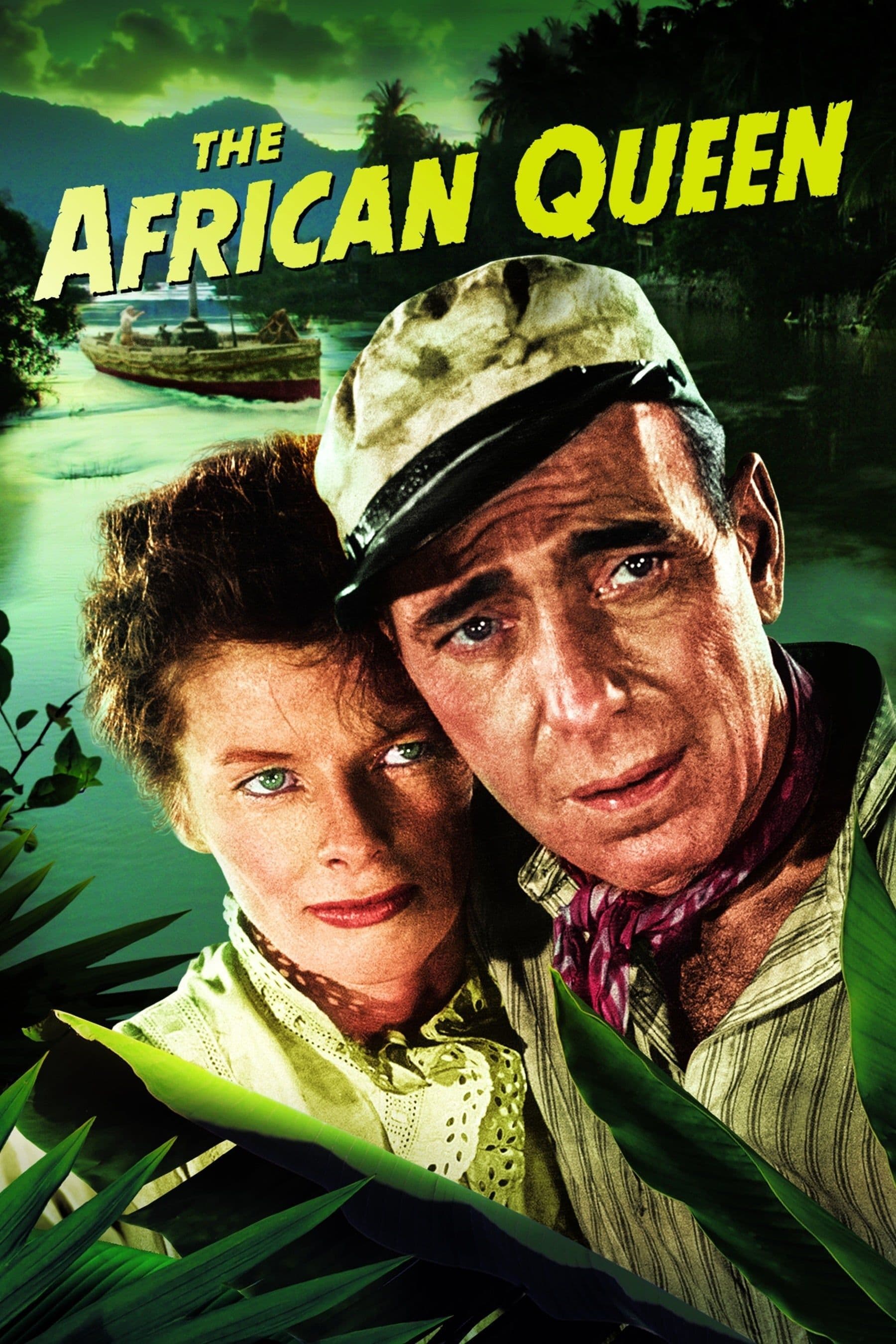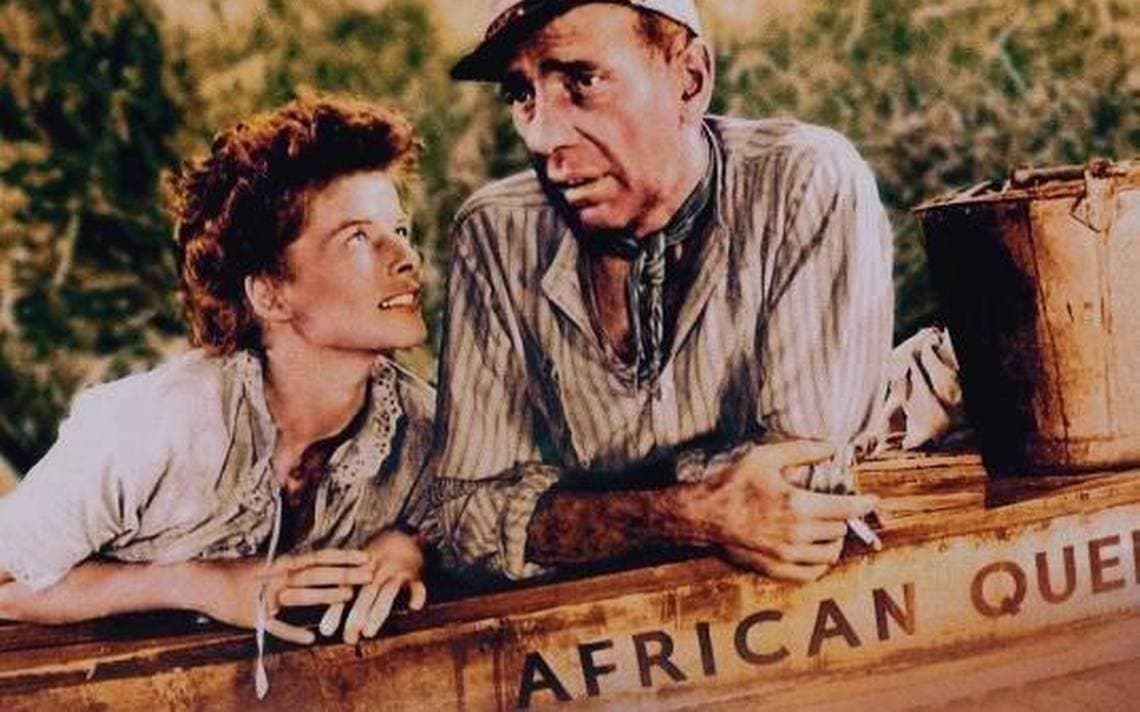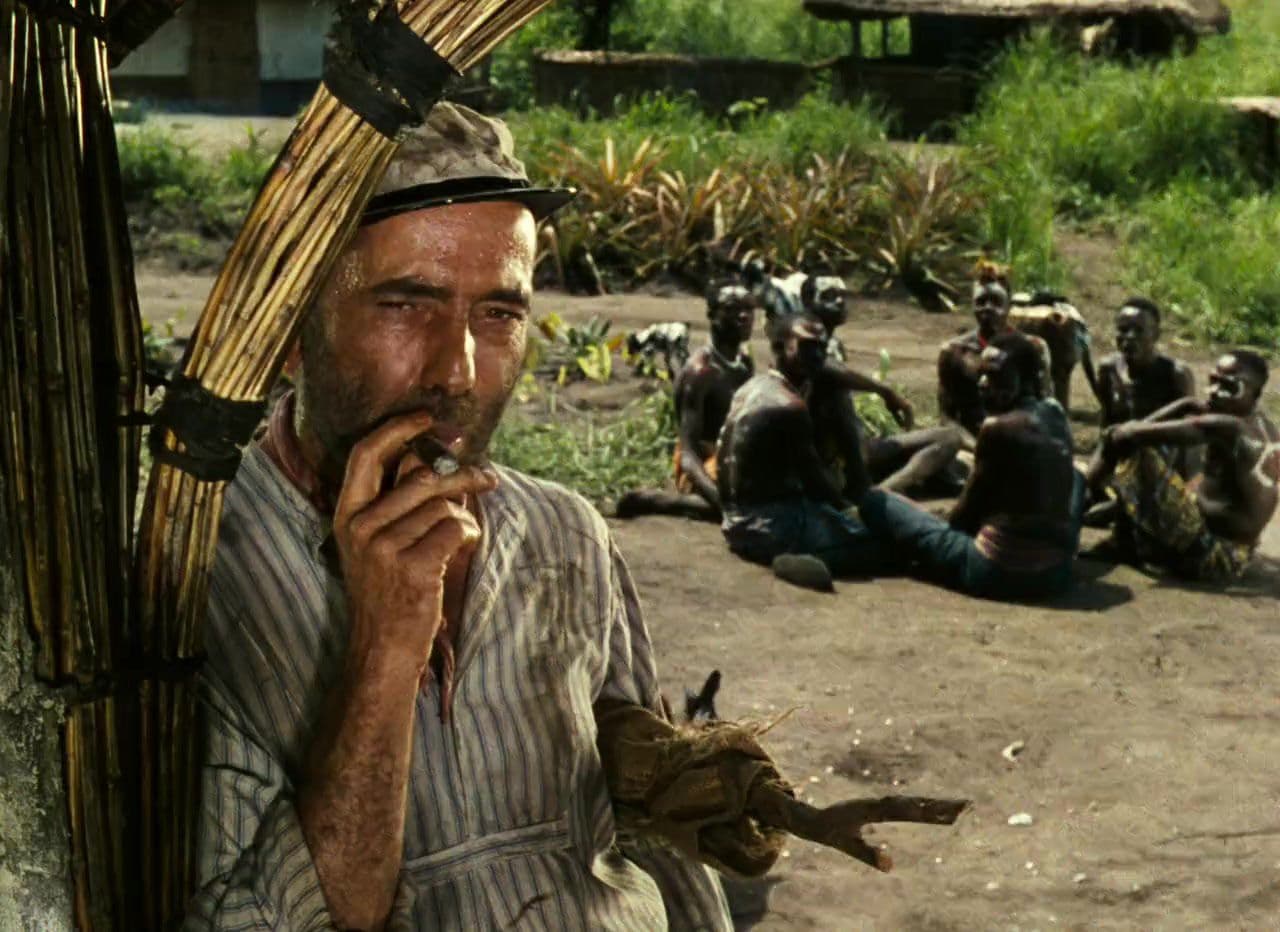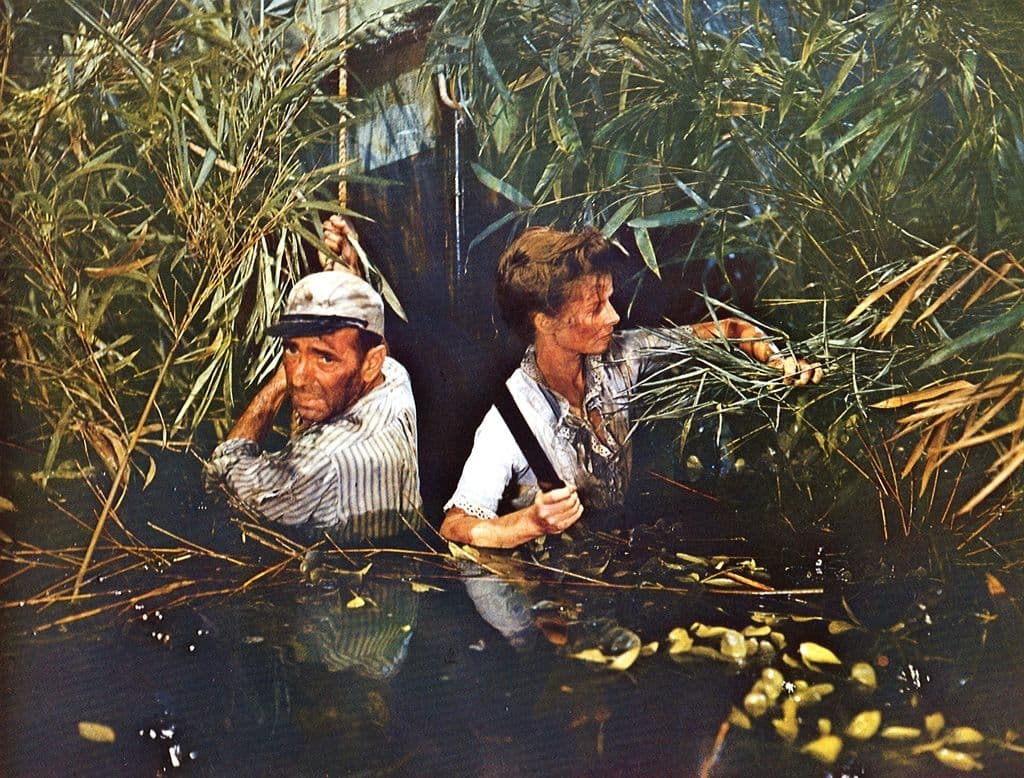
The African Queen
1951
Rate this movie
Average: 0.00 / 5
(0 votes)
Director
A work with which Huston, with an almost heretical touch for the era, introduced an unprecedented and dazzling fusion of genres, injecting the sharp irony and the carefree give-and-take dialogue, typical of sophisticated comedy and screwball, into the consolidated and often serious adventure pattern. Where colonial epic cinema or exotic exploration narratives tended to indulge in an austere gravitas, if not a rhetoric of the sublime or one-dimensional heroism, Huston dared to contaminate the genre with the lightness of verbal wit and the complexity of characters far removed from monolithic archetypes.
Huston thus intended to peel back the aura of pomposity surrounding the adventure genre, stripping it of its cumbersome self-imposed seriousness, without entirely abandoning it and without, for that reason, descending into mere parody. On the contrary, the subtle humor and caustic verve became a tool to delve deeper into the humanity of the protagonists, highlighting their resilience and contradictions precisely through the contrast with extreme situations, in a narrative balance that anticipated more modern approaches to genre deconstruction.
The result was a heralded masterpiece, a true essay on cinematic chemistry, also thanks to the irresistible verve and the singular, almost bizarre, alchemy of the two protagonists: Humphrey Bogart and Katharine Hepburn. Their on-screen collision was not merely a meeting of stars, but a sublimation of two acting methodologies and two strong personalities, capable of giving life to a duel of characters that is, in itself, the pulsating soul of the film, elevating the conventional adventurous journey to a psychological and sentimental exploration.
The story is that of Rose Sayer, a jaded and inflexible English missionary, daughter of a puritan and devoted to the dictates of her faith and country, who, during the 1915-18 conflict – a historical parenthesis often ignored in the African context of the First World War – finds herself forced to descend an African river on the only available boat, with the help of Charlie Allnut, a rough, drunken, and unconventional boat captain, whose apparent vulgarity conceals unexpected vulnerability and honesty. The contrast between his almost dissolute cynicism and her Victorian rigor is the spark that ignites every dialogue, every glance, every silence.
The woman's paradoxical intent is to sink a German ship, the dreaded Königin Luise, which is anchored in a lake where the river converges. This mission, seemingly absurd and decidedly disproportionate for two individuals and a decrepit boat, serves as a formidable catalyst for their transformation. The film is not so much the account of a heroic mission as it is the odyssey of two souls who, under the pressure of external danger and constant internal friction, shed their social and psychological superstructures to reveal a tender and authentic essence.
Inevitably, between the two protagonists, through a slow and deliciously antagonistic process, a love will blossom, seasoned with venomous dialectical battles, with remarks bordering on offense yet concealing a growing affection, and surrounded by the lush and often menacing nature of an almost pristine Africa. The latter is not mere backdrop, but a co-protagonist character: with its wild beauty and relentless indifference, with its rushing rapids, voracious leeches, and omnipresent insects, it lays bare the characters, pushing them to their limits and forging their unexpected union.
Huston, in an act of productive and logistical audacity bordering on madness, went to Congo to shoot his film, an undertaking that today would seem unthinkable due to its complexity. Filming was inevitably plagued by incidents, nerve-wracking delays, and debilitating illnesses due to the wild and inhospitable nature of the locations. Much of the crew and cast, including Bogart and Hepburn, were struck by dysentery or malaria, in stark contrast to Huston and cinematographer Jack Cardiff who, it is said, remained relatively unscathed thanks to their abundant consumption of whisky. The real difficulties suffered on set—the suffocating humidity, insects, snakes, and continuous breakdowns of the boat (often pulled with human ropes or replaced by a replica on trolleys in more complex scenes)—have imprinted a patina of authenticity and a palpable sense of discomfort on the film, contributing to its immortal resonance. Not merely a studio production, but a total immersion that pours the lived experience onto the screen, almost a cinéma-vérité ante litteram in its approach to physical hardship.
Received coldly upon its release in 1951, in an era when the American public was perhaps more inclined towards heightened drama – it had to contend at the box office with giants like Elia Kazan's A Streetcar Named Desire, and it was not easy for an adventure comedy, however layered – The African Queen achieved almost posthumous success, cementing its reputation in the years to come and becoming a timeless classic. This belated but deserved recognition earned Bogart the only Oscar of his career for Best Actor, a crowning achievement for one of his most nuanced and least archetypal performances, in which the charming curmudgeon was enriched by a moving humanity.
A work still unsurpassed today in terms of scenic inventiveness – from the memorable rapids sequence, a tour de force of suspense and liberation, to the iconic leeches moment, up to the final confrontation with the German ship, played out with audacity and chance – and an effervescent screenplay, which dances between the sharpest wit and moments of disarming tenderness. Its ability to merge exotic adventure, romantic comedy, and survival drama into a single, unmistakable tone makes The African Queen not only an excellence of the genre, but an indispensable landmark in cinema history, a luminous example of how directorial mastery and sublime performance can elevate a simple story to an epic of the human spirit.
Gallery






Comments
Loading comments...